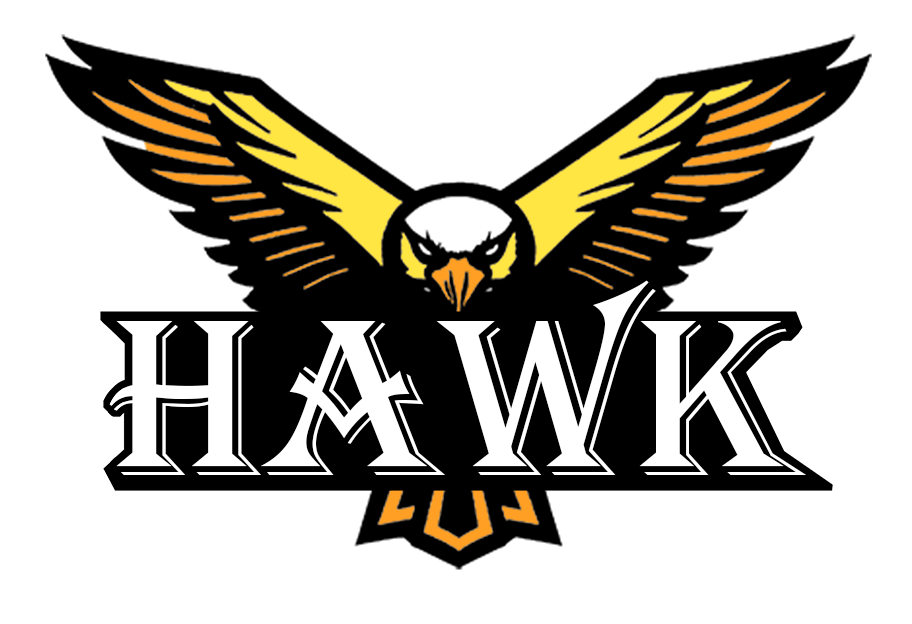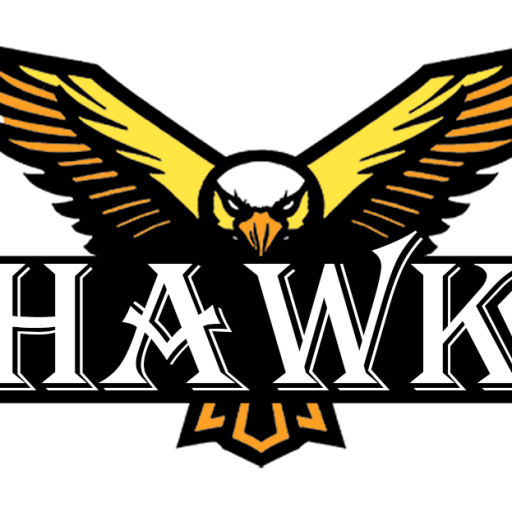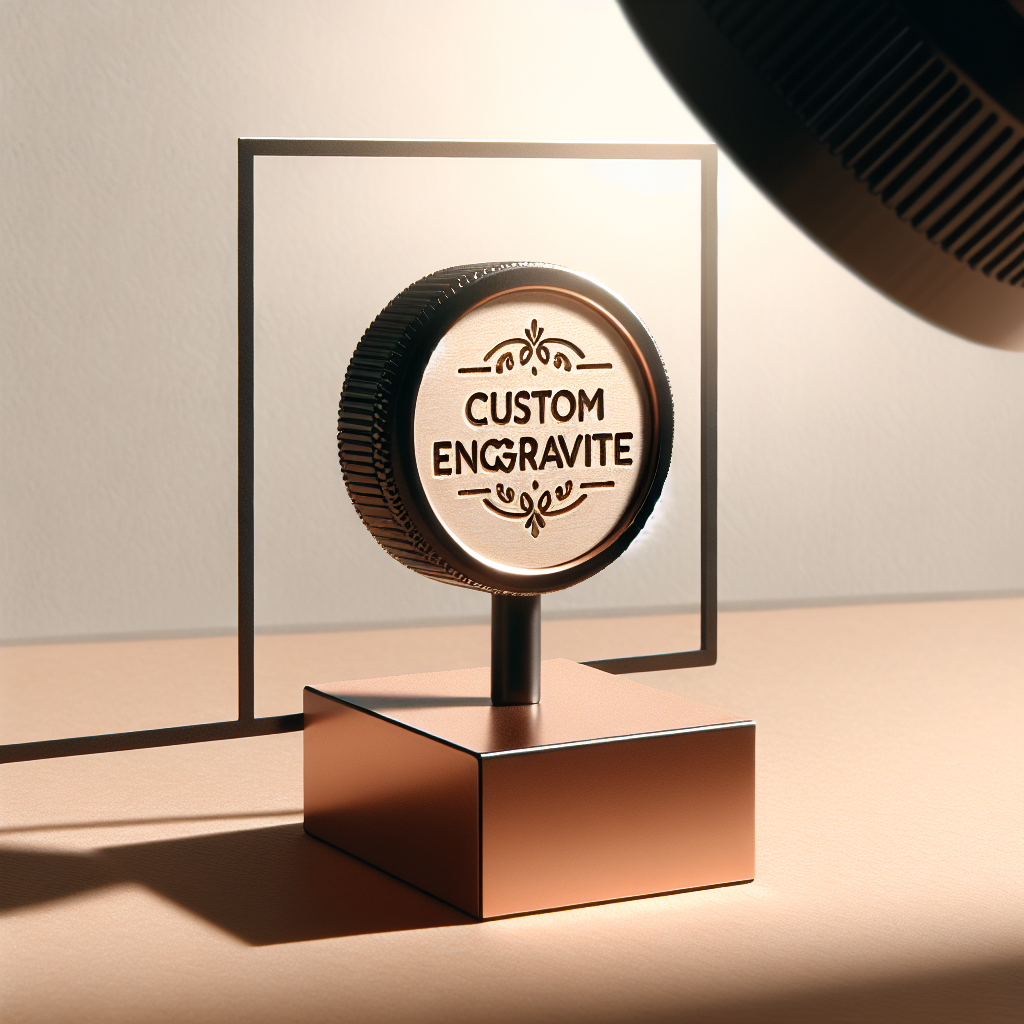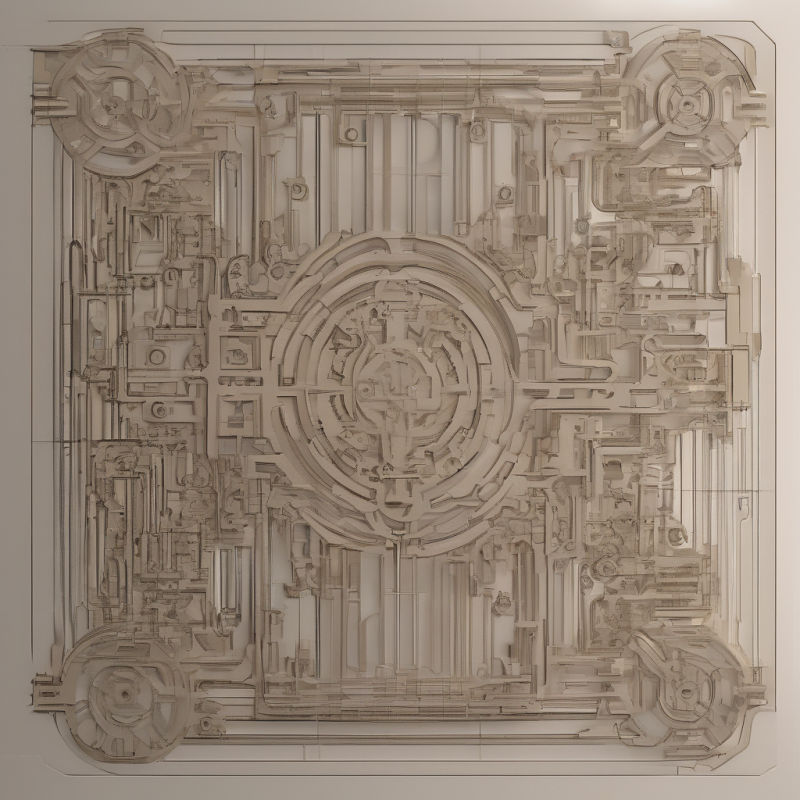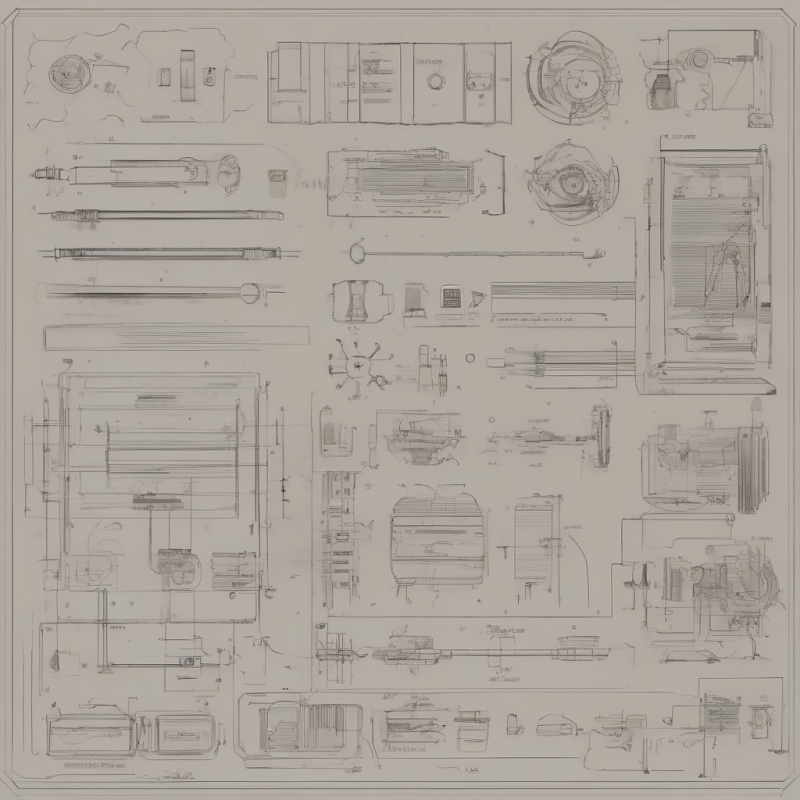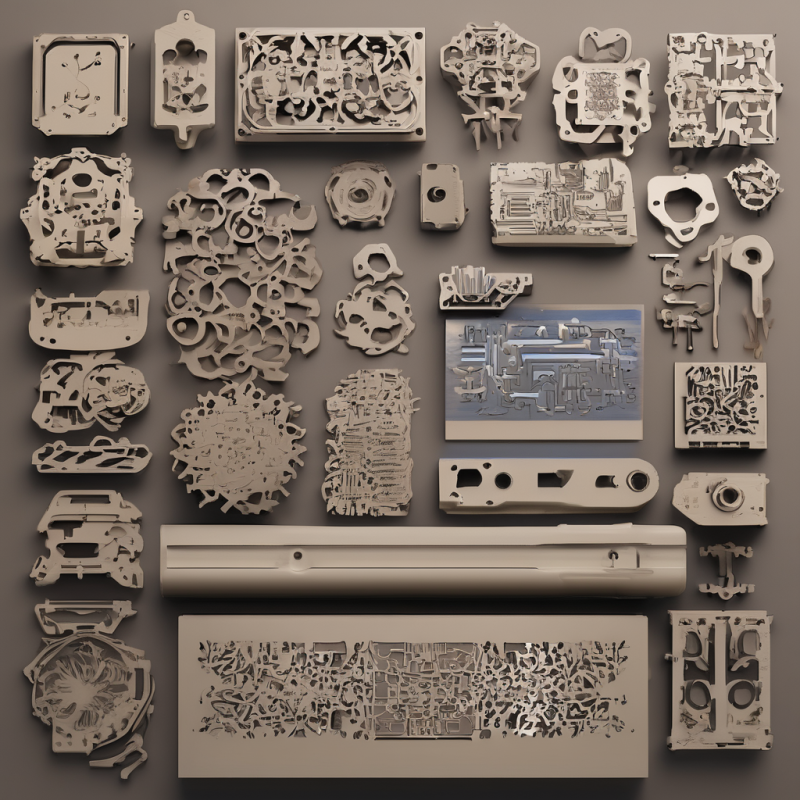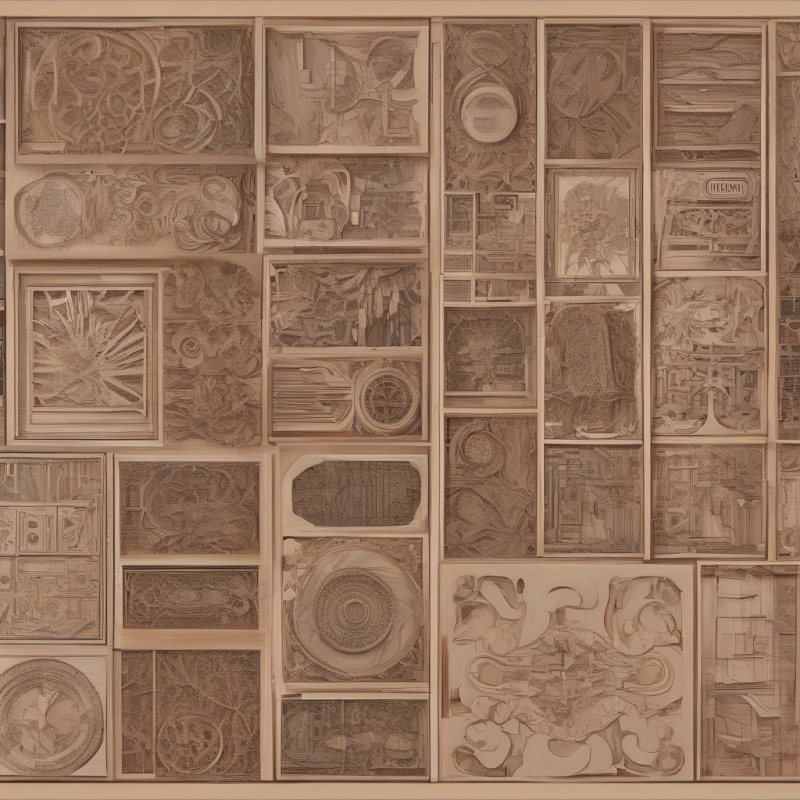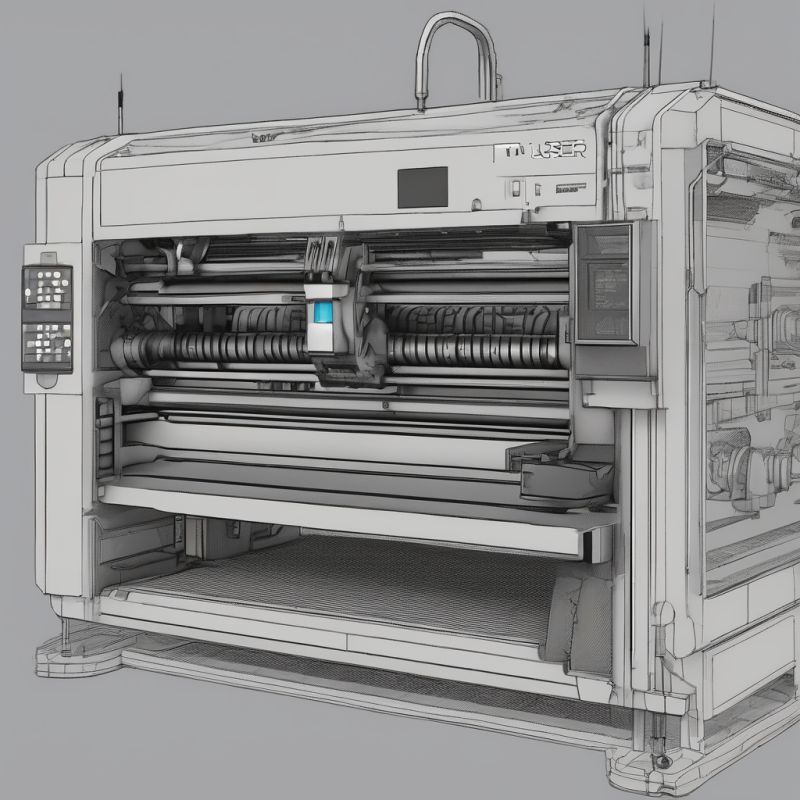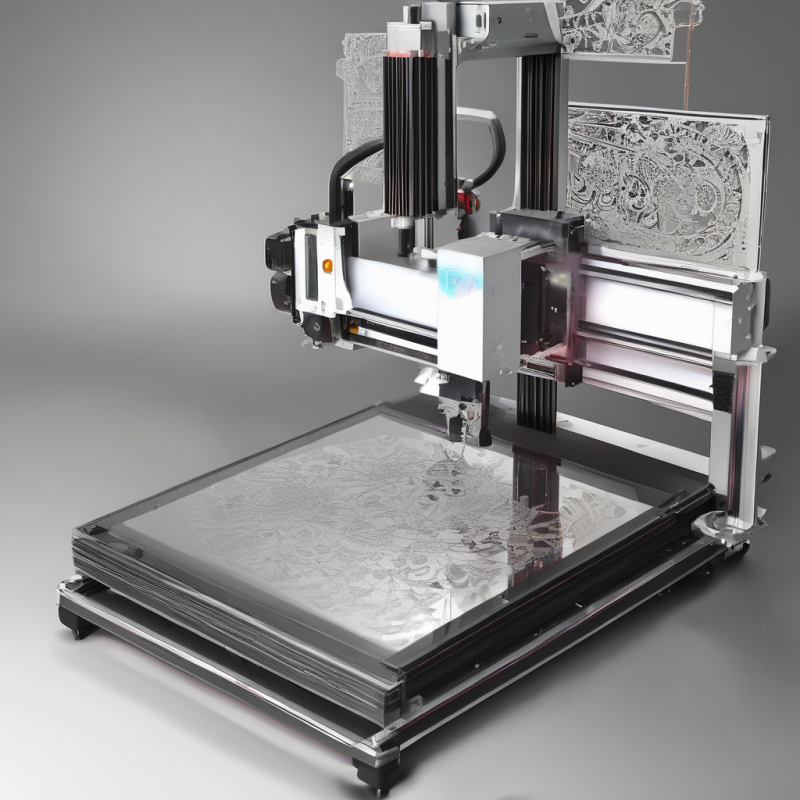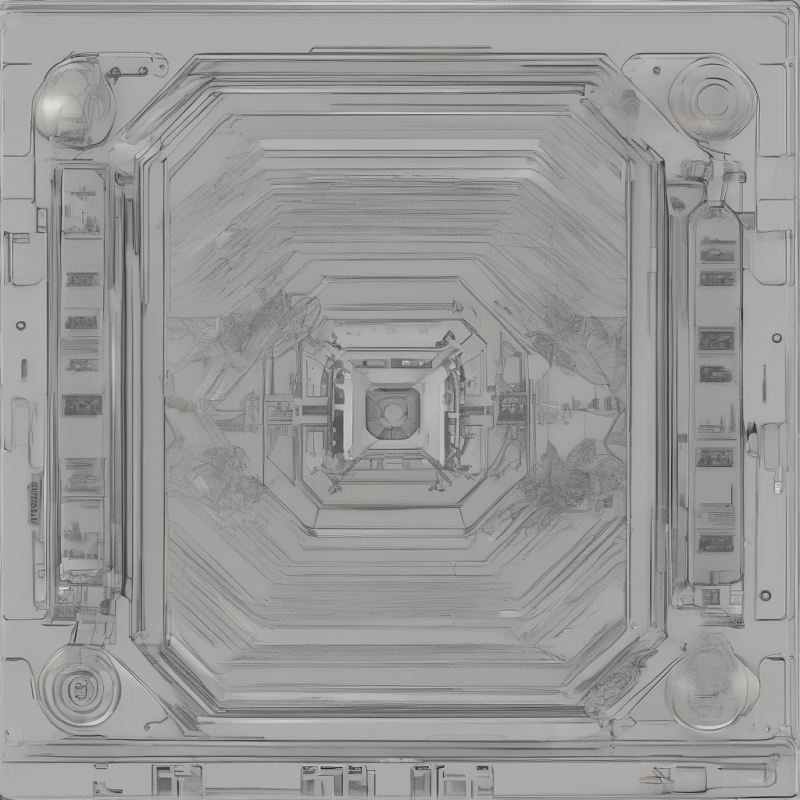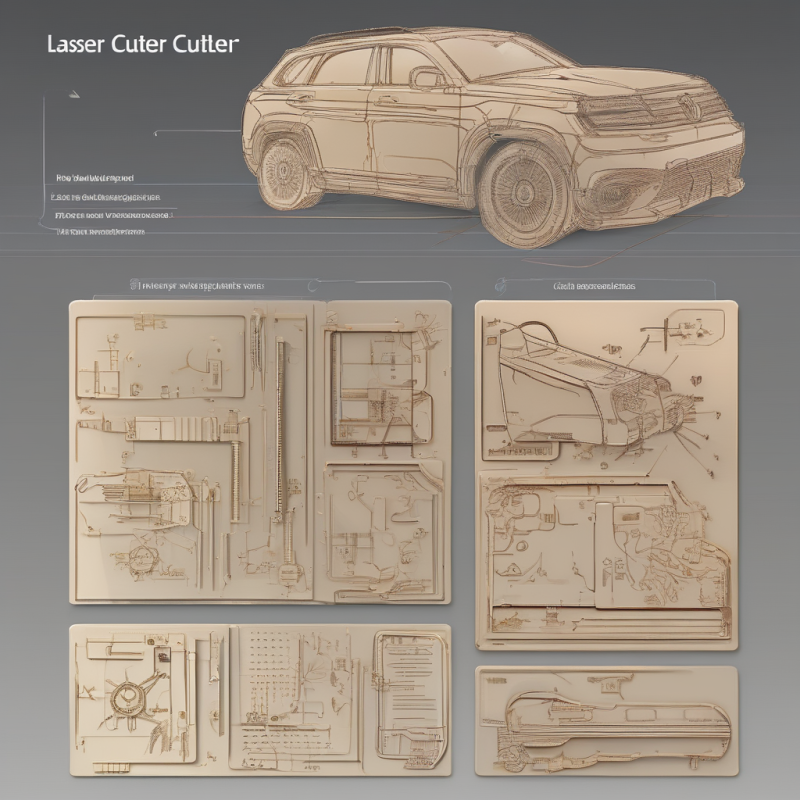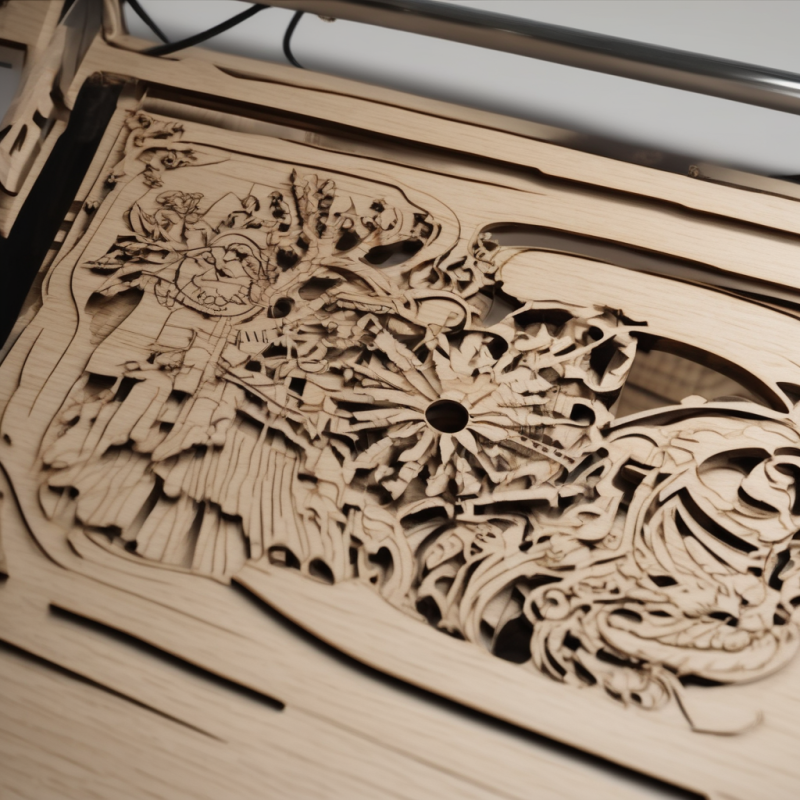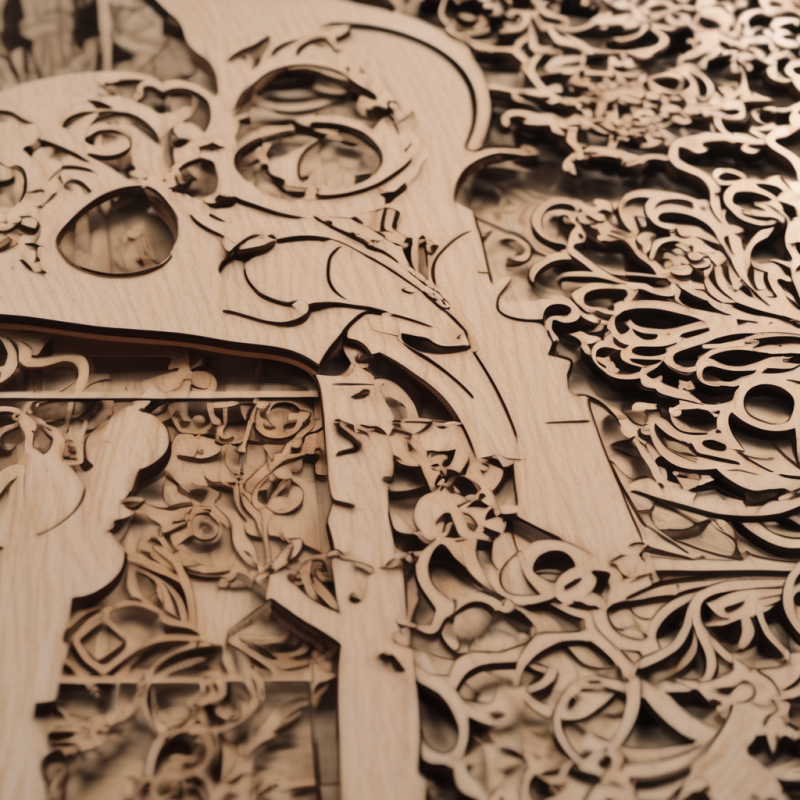The Future of QR Codes: Laser Engraved Solutions for Modern Applications
In today’s fast-paced digital world, QR codes have become an essential tool for businesses, marketers, and consumers alike. These two-dimensional barcodes offer a seamless bridge between physical products and digital content, enabling users to access information instantly with a simple scan. However, not all QR codes are created equal. While traditional printed QR codes serve their purpose, they often lack durability and aesthetic appeal. This is where laser engraved qr code solutions come into play, offering a cutting-edge alternative that combines functionality with precision and elegance.
In this article, we will explore the world of laser-engraved QR codes, their benefits, applications, and how they are revolutionizing industries ranging from marketing to manufacturing. We’ll also address common questions and provide insights into why you might want to consider integrating laser engraved qr code technology into your projects or business.
—
The Evolution of QR Codes
QR codes were first introduced in 1994 by Denso Wave, a subsidiary of Toyota. Initially designed for tracking vehicles and parts during manufacturing, QR codes quickly gained popularity due to their ability to store large amounts of data in a compact format. Over the years, they have evolved from simple barcodes to versatile tools used in advertising, ticketing, inventory management, and more.
Traditional QR codes are typically printed on paper or digital screens. While effective for short-term use, these methods have limitations. Printed QR codes can smudge, fade, or get damaged over time, reducing their readability. Digital QR codes, on the other hand, require a screen and are not suitable for physical products that need permanent tagging.
This is where laser engraved qr code technology shines. By using high-precision lasers to etch QR codes directly into materials like metal, plastic, or glass, businesses can create durable, long-lasting QR codes that retain their functionality even in harsh environments. This method not only enhances the longevity of the code but also adds a touch of sophistication and professionalism to the product.
—
Advantages of Laser-Engraved QR Codes
Laser-engraved QR codes offer numerous advantages over traditional methods. Here are some key benefits:
- Durability: Unlike printed or digital QR codes, laser-engraved codes are permanent and resistant to wear, tear, and environmental factors.
- Aesthetic Appeal: The precision of laser engraving ensures that the QR code blends seamlessly with the product’s design, creating a visually appealing and professional finish.
- Customization: Laser-engraved QR codes can be tailored to fit any shape or size, making them ideal for products with unique designs.
- Data Security: Embedded within the material, these QR codes are harder to tamper with compared to printed versions, enhancing security for sensitive applications.
These advantages make laser engraved qr code solutions particularly appealing for industries where durability and aesthetics are paramount. For instance, luxury brands can use laser-engraved QR codes on their products to provide customers with exclusive content while maintaining the brand’s premium image.
—
Applications of Laser-Engraved QR Codes
Laser-engraved QR codes have a wide range of applications across various industries. Here are some examples:
- Retail and Marketing: Brands can use laser-engraved QR codes on packaging, promotional materials, or product tags to provide customers with additional information such as product details, usage instructions, or exclusive offers.
- Manufacturing and Logistics: In industries like automotive and aerospace, QR codes can be engraved onto components for traceability and quality control purposes. This ensures that each part can be easily identified and tracked throughout the production process.
- Hospitality and Tourism: Hotels and resorts can use laser-engraved QR codes on room keys or promotional materials to provide guests with seamless access to services or information about local attractions.
- Medical Devices: QR codes engraved on medical devices can store critical data such as calibration details, maintenance records, and patient information, ensuring compliance with regulatory standards.
The versatility of laser-engraved QR codes makes them a valuable tool for businesses looking to enhance their operations, improve customer experiences, or streamline processes. Whether you’re in retail, manufacturing, or healthcare, there’s likely a use case that aligns with your needs.
—
How Laser-Engraved QR Codes Are Created
The process of creating laser-engraved QR codes involves advanced technology and precision engineering. Here’s an overview of how it works:
- Data Encoding: The first step is to encode the desired information into a QR code format. This can include URLs, text, or specific data relevant to your application.
- Laser Engraving: High-power lasers are used to etch the QR code onto the surface of the material. The laser’s heat creates precise marks that form the code, ensuring readability and durability.
- Quality Control: After engraving, the QR code is tested for functionality using a scanner to ensure it works as intended. Any necessary adjustments are made before finalizing the product.
This process ensures that each laser-engraved QR code meets the highest standards of quality and performance, making it suitable for even the most demanding applications.
—
Frequently Asked Questions About Laser-Engraved QR Codes
If you’re considering laser-engraved QR codes for your project or business, you might have some questions. Here are answers to common inquiries:
- How long do laser-engraved QR codes last?
Laser-engraved QR codes are designed to be permanent and resistant to wear, tear, and environmental factors. With proper care, they can last for years without losing functionality. - Can laser-engraved QR codes be read with any smartphone?
Yes, as long as the smartphone has a built-in camera and a QR code reader app installed. The high precision of laser engraving ensures that the code is easily scannable by most devices. - What materials can be used for laser-engraved QR codes?
Laser-engraved QR codes can be created on a variety of materials, including metal, plastic, glass, and ceramic. The choice of material depends on the application and desired aesthetic. - Are laser-engraved QR codes expensive?
While the initial setup costs may be higher than traditional printed QR codes, the long-term benefits often justify the investment. Laser-engraved QR codes offer durability and customization that can enhance your product’s value and appeal.
—
Conclusion
Laser-engraved QR codes represent a significant advancement in technology, offering a blend of functionality, durability, and aesthetic appeal. By leveraging the precision of laser engraving, businesses can create QR codes that stand the test of time while maintaining a professional and polished appearance.
If you’re looking for a reliable and innovative solution for your QR code needs, consider exploring laser engraved qr code technology. Whether you’re in retail, manufacturing, or another industry, this cutting-edge method can help you achieve your goals and elevate your brand to new heights.
